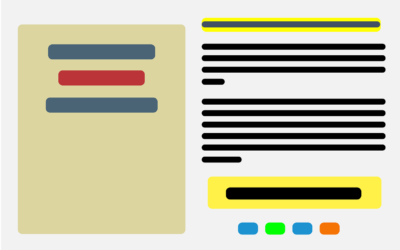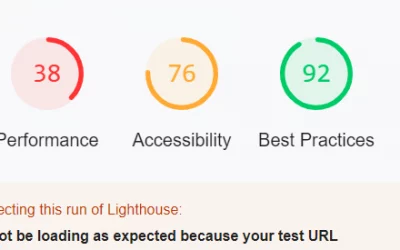WordPress is the best of not only the blogging sites, but also all types of websites (Personal and commercial) in general. Websites can be used not only to communicate about a company’s products or services, but also to communicate your views, thoughts on various aspects like community, social issues, self-improvements and learning and the list is unlimited, through the blogging options. Blogs are especially important because they allow you to receive feedback, opinions and comments of readers and show to the world. When blogs are a better way to express your thoughts, it will be wonderful experience, if the best practices are followed. Some top suggested best practices are listed below for the benefit of readers.
-
- Formatting and organizing your content – Search Engines do consider the blogging content is human readable and formatted accordingly. Use your skills for word processing and documenting for this purpose.
- Proof reading (Spellcheck, Grammar, Usage) – Ensure that your content is proofread for typos and grammatical errors. Before you post the data, you can use online and offline tools for this purpose.
- Use of appropriate images and all about it – It really means simply that your selected images are appropriate and have a good title and alt text, preferably using the focussed keywords.
- Create Categories, Tags methodically- one of the goals of blogging is to be notices by search engines. This can be achieved by adding proper tags.
- Description, Excerpts, Captions – are to get quick attention of the readers and keep their interest until the finish. This can only be achieved by properly using these techniques.
- Brief and impressive conclusion- To get positive comments and to encourage external and backlinks, it is important that blog should have a meaningful and unambiguous conclusion in order to improve shareability.
- Provide comments section – a great way of checking if your content is generating interest or not is by providing the comments section for monitoring and responding to the comments.
- Meta data such as posting date, Author Bio etc – Do not forget to keep the meta data, such as authors intro, date of the posting etc., so that the revisions, if any can be monitored.
- Friendly URL that is easy to understand – last but not the least, keep an easy to read and understand URL for the page. It is important for search engine optimization perspective.
Nevertheless, it is equally important that your site should not only be great looking, but it should also be fast, SEO-friendly with well-organized navigation, to be really taken up by Google, Bing, Yahoo etc. to spread your thoughts to broader audience. To get you a good start on the steps to be taken to make your blog search engine friendly in another post again later.
Kotes digital can help you with all aspects of your website and digital marketing. With vast experience in marketing in general and digital marketing in specific, we can help you for great results.








Thanks for your blog, nice to read. Do not stop.